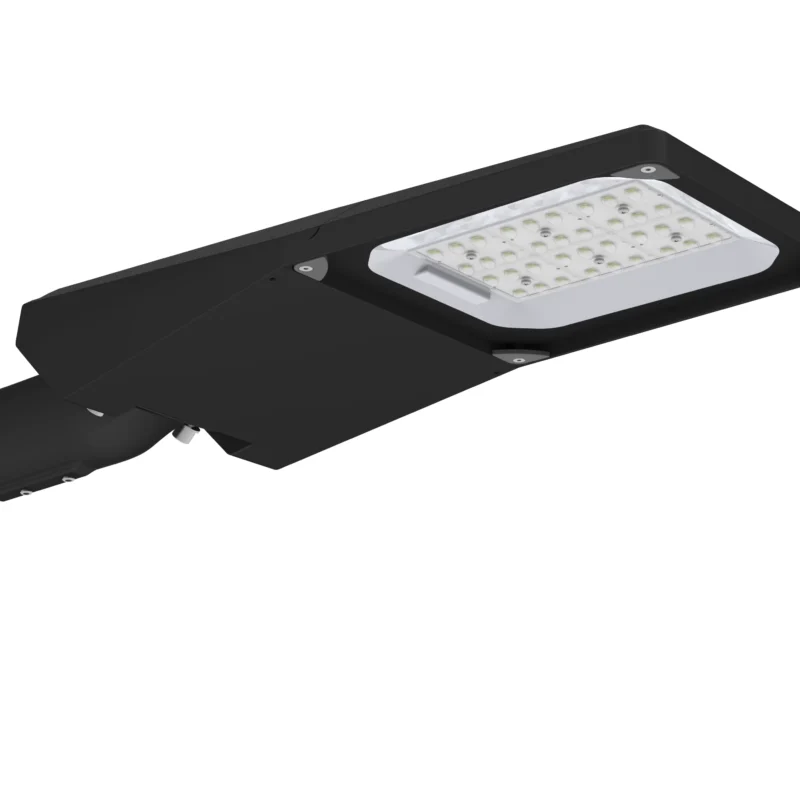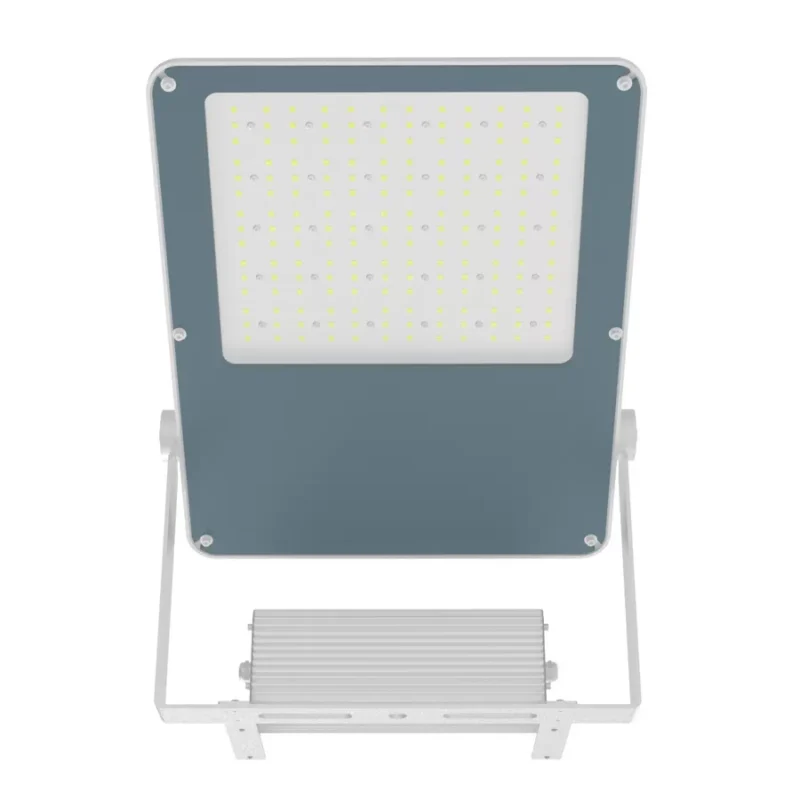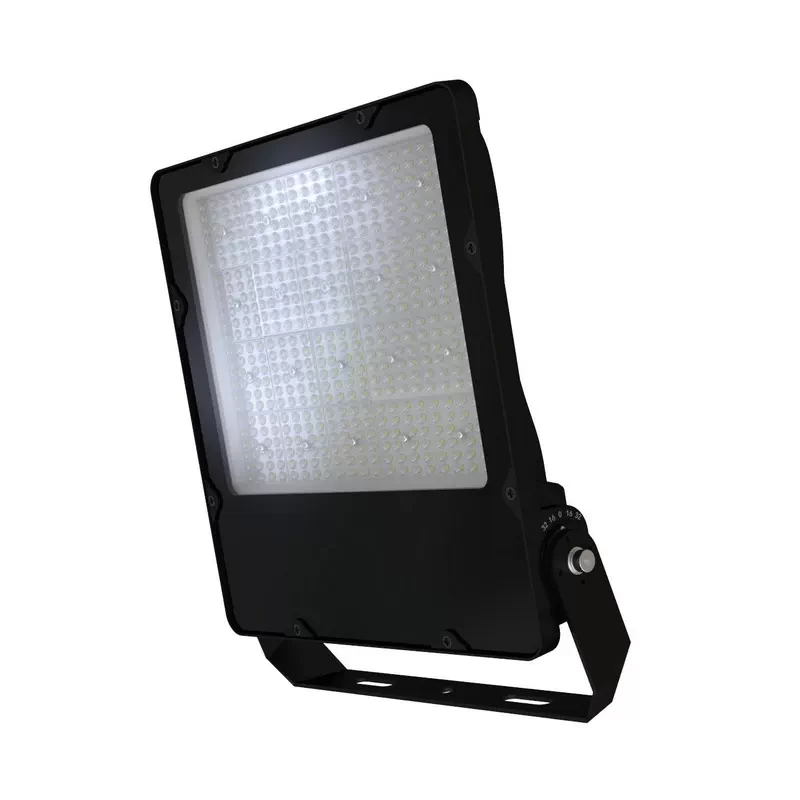Successfule Case
Successfule Case 14
Related Blogs
Related Cases
People also ask
Are LED drivers AC or DC?
LEDs need a dependable power source in order to function. This power is supplied by LED drivers, which convert alternating current (AC) to direct current (DC). By adjusting for variations in the temperature and electrical conductivity of the LEDs, they provide a consistent and continuous power supply.
How many types of LED drivers are there?
There are two types of LED drivers: Constant Current LED drivers and Constant Voltage LED drivers.
What is the difference between LED driver and power supply?
LED power sources that provide a “constant-current” output have typically been referred to as LED drivers. In the past, AC-DC power supplies that provided a regulated “constant-voltage” to LEDs were referred to as LED power supplies. Today, the terms “LED driver” and “LED power supply” are used interchangeably.
What are the factors that contribute to the failure of an LED driver?
In certain cases, a malfunction of the LED driver could be attributed to extreme high-temperature factors, as operating at elevated temperatures can lead to component damage due to heat accumulation. In other instances, damage to the LED driver might result from voltage instability in the power grid or surges caused by lightning strikes. Furthermore, when the output voltage and current of the LED driver do not match the electrical parameters of the LED chips, the LEDs may fail to operate properly, leading us to suspect a malfunction in the LED driver.
How do I know if my LED driver is bad?
Flickering is one of the most common indicators of a faulty LED driver. Additionally, a change in the brightness or dimness of the lights also signifies a defective LED driver. Finally, if LED lamps do not work at all, it could also suggest a problem with the LED driver, SPD, or the LEDs being broken.








